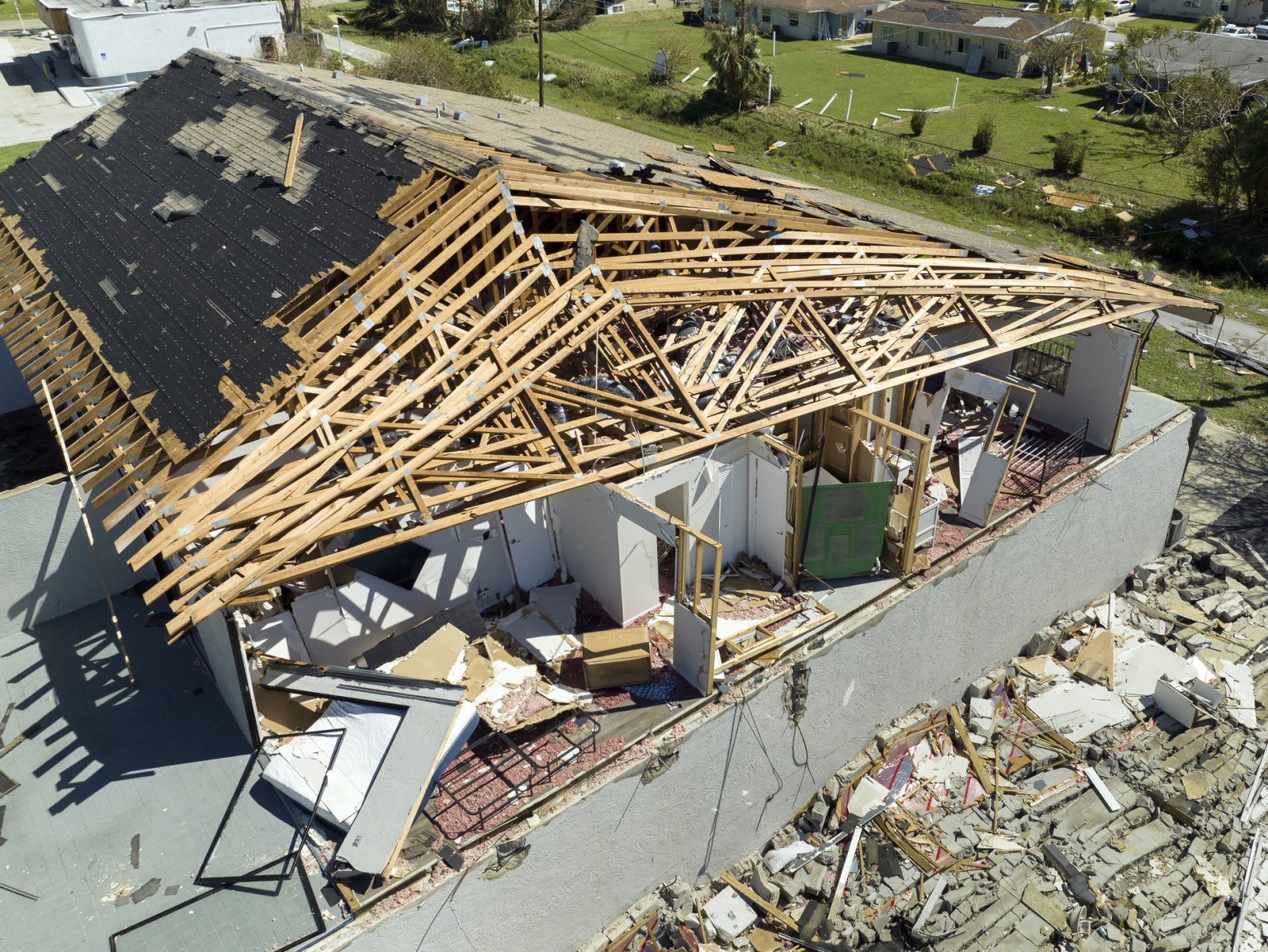Constructing the Future: 3D Printing’s Promises and Pitfalls at the CLM 2023 Construction Conference

The next big thing in construction is 3D-printed structures.
There are already 3D-printed houses, offices, public buildings, and other structures around the world with notable 3D-printed projects in China, Europe, and the U.S. Some of these designs focus on sustainability with solar-operated units. Other projects have created tiny homes, family houses, and even a two-story villa in China.
3D printing allows for the creativity of the designer to shine — and this creativity is evident in many of these projects.
These 3D-printed buildings boast significant benefits, like fast building time, lowered costs of construction, and improved safety. Some of the projects are printed on site with large-scale 3D printers that move from construction site to site. Other 3D-printed structures have been printed inside labs and then assembled on site.
When a structure is printed on site, labor is minimal with some jobs requiring only three employees to be at the location at a time. This means safer job sites, which should result in fewer workers’ compensation claims and reduced expenses along with lower premiums. With 3D printing, the timing of large-scale construction projects is measured in hours and days, not months and years.
But the technology is new, and structures built using 3D-printed materials haven’t yet stood the test of time.
Will 3D-printed structures withstand catastrophic storms and the day-to-day hazards of being exposed to outside elements? How will liability risks be addressed?
What can project leads and risk managers do to mitigate risks? And what safety standards are needed with this new construction model? A session at the CLM Construction Risk Conference in Austin, Texas, will deconstruct the risks of 3D-printed construction.
On September 28, four panelists will tackle the topic at a session titled, “A Brave New World: Liability and Risk in 3D-Printed Construction.” Insurance, legal, and forensic experts working with this new technology will form the expert panel discussing questions of evaluation of claims, coverage, and risk management.
Insurance and Risk Management Concerns of 3D-Printed Construction
3D-printed construction has the potential to revolutionize the construction industry by driving results with greater precision and fewer errors, all at a lower operational cost. The benefits include a safer workplace, less waste, decreased cycle time, and reduced costs of labor. But nothing is perfect and new risks and hazards are introduced along with the potential benefits of 3D-printed structures.
We spoke with session speaker Catherine Naltsas, Esq., shareholder at Lynberg & Watkins, to hear more about the insurance risks and considerations associated with 3D-printed construction that will be covered in the presentation.

Catherine Naltsas, Esq., shareholder at Lynberg & Watkins
“The insurance coverage portion [of the session] focuses on the novelty of this new type of construction and the availability or lack thereof of insurance coverage designed to address risks and risk transfer in 3D-printed construction,” Naltsas explained.
“Traditional brokers and insurers do not have widely available products to address new and unique risk exposures, such as machine, vehicle, and robot/AM risks defined by many technical specifications,” she continued.
“Further, there is scant judicial guidance concerning whether 3D-printed construction is a product, work, etc., and whether existing coverages for bodily injury arising from ‘your product’ or ‘your work’ extend to 3D-printed construction-related liabilities. Existing insurance primarily focuses on human errors — negligence or intentional conduct.”
With many other types of risk, the insurance industry has years of experience, data, and metrics to understand how to price and manage the exposure. Courts have interpreted policy language and insurers afford coverage for risks based on the policy. However, the novel nature of 3D-printed construction leads to new questions of liability and coverage.
Some of the questions the panel will discuss during the session include: What happens when 3D-printed construction fails to deliver? Is it a construction defect or a product liability? Does the fault lie with the contractor, the designer, the manufacturer, or maybe the software engineer who programmed the printer?
Naltsas expanded on some of these liability questions, saying, “When dealing with 3D-printed construction and related liabilities, we have more questions than answers. Who is responsible if there are defects in 3D construction? Projects that leverage 3D printing typically entail partnerships between construction companies, technology firms, engineering firms, and manufacturers specializing in this type of production.”
And when it comes to the risk and insurance piece of the puzzle, Naltsas explained there are even more coverage considerations to be determined.
“What do the contracts say related to indemnification? Who is responsible for coverage of ‘rework’ costs? What happens if a claim is filed after the agreement/partnership is terminated? Are there gaps in coverage? Coverage counsel should evaluate the indemnity provisions in the various contracts for all general contractors, subs etc,” she said.
Policy language, provisions, and the application of coverage for these types of risks will also evolve over time to keep pace with changes in technology and case law. “Presently, 3D companies can rely on property coverage or builders risk policies to provide coverage for damages to tangible property, but insurance will necessarily evolve to address 3D-printed risks during build and after completion,” Naltsas opined.
This creates more questions than answers for now, making it a challenging insurance and risk management environment for 3D-printing construction companies, their insurers, and their customers. Plan to attend this session to hear more from the industry experts on this trending topic.
Registration Now Open for CLM 2023 Construction Conference
Registration is now open for the CLM 2023 Construction Conference in Austin, Texas, on September 27-29, 2023. Join the largest gathering of construction claims professionals to network, learn, and celebrate together. With 140 speakers presenting information and experience in more than 15 sessions over two days, topics will cover emerging issues, coverage questions, DEI initiatives, and regional hot topics.
For over a decade, the CLM Construction Conference has brought together hundreds of risk managers, claim managers, attorneys, and builders from across the country for a truly diverse discussion on construction claims. &










